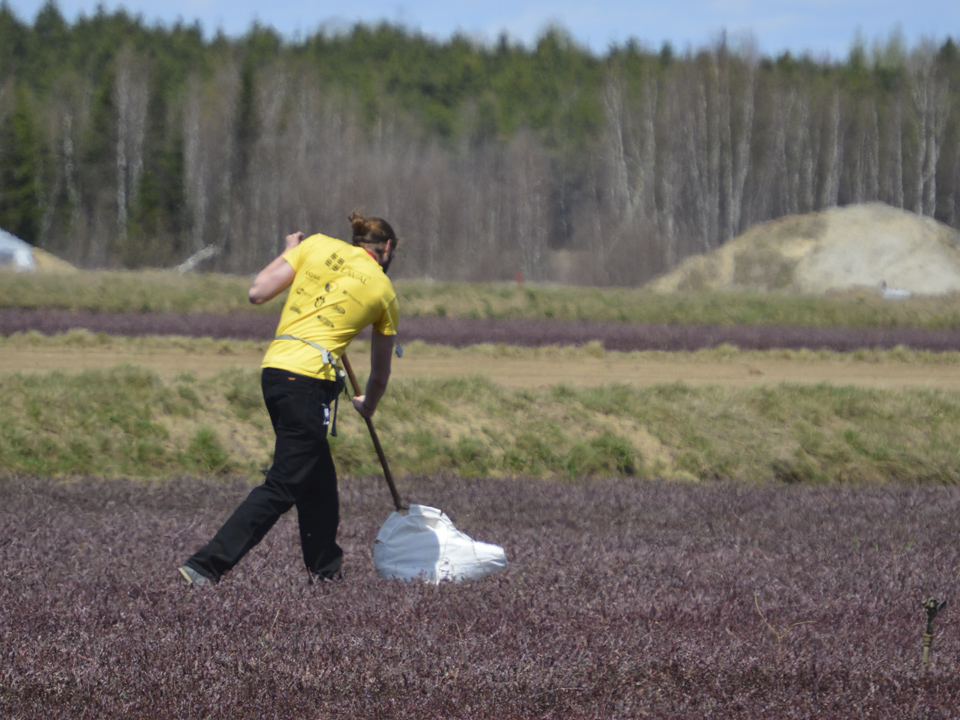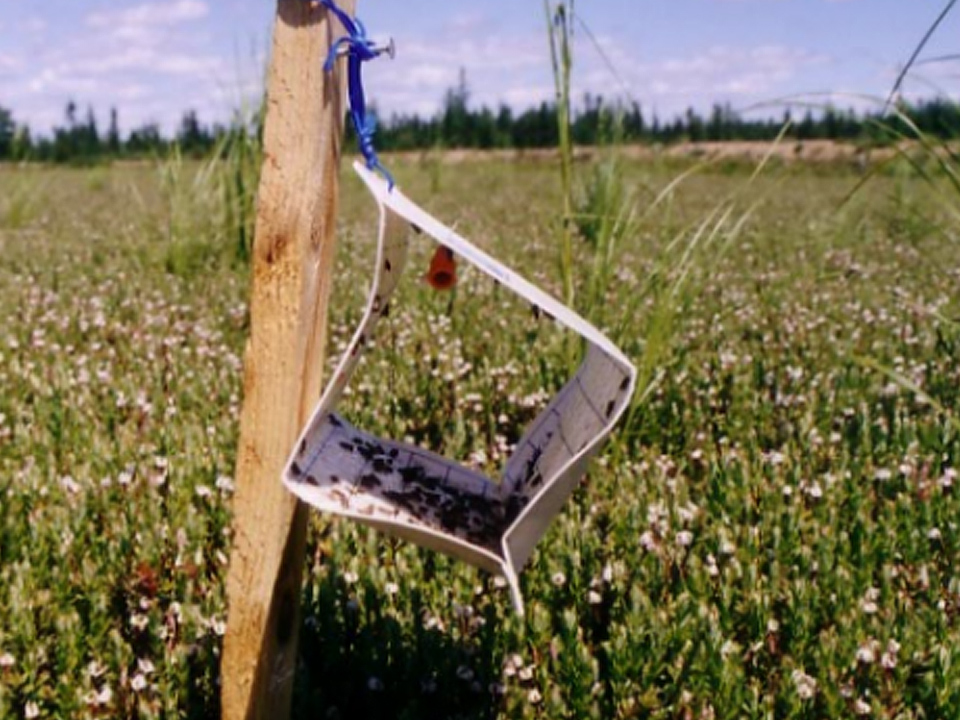
CETAQ
Services
Documents or articles are in the original language and are not available in other languages.
Integrated Pest Management (IPM) Reduces Health & Environmental Risks
The CETAQ offers various services such as Integrated Pest Management (IPM) support (scouting), fertilization supervision, creating of a PAEF, PAA and phosphorus report as well as the research and development component.
Integrated Pest Management
Identifying pests is the first step and by far the most important in the integrated pest management (IPM) process. IPM allows for the reduction of pesticides by ensuring that they are used only when truly necessary.
IPM 101:
- Knowledge: Determine the main crop enemies, understand how they reproduce and what is their life cycle, discover their natural enemies, identify beneficial organisms.
- Prevention (indirect methods): Select sites favourable to the crop, chose suitable cultivars, favour crop rotation and pesticide groups, adopt preventive measures (such as reasonable use of fertilizers, creating habitats for biodiversity, implementation of crops, traps and wind breaking hedges, etc.).
- Field Tracking (or greenhouse): Scouting crop enemies, using sampling techniques and establishing intervention points, surveilling crop enemies based on forecast models. For various fruit and vegetable productions, regular field tracking allows optimizing the use of pesticides with significant loss of quality and yields.
- Intervention (combining direct methods): Implementing mechanical, biological or chemical pest management, as necessary. Integrating various methods of preventive management of harmful organism populations and contribute to reducing the risks associated with systematic pesticide use. The use of pesticides should only be used as the situation requires and as a last resort.
- Evaluation and review: Verify the efficiency of interventions in order to plan for the next growing season and better refine future practices. Integrated pest management is a dynamic approach that evolves with scientific knowledge, so it is important to update control methods according to scientific advancements and experimental results.
View the Studies & Guides page to stay updated on the latest publications in this sector.

Fertilization
It is very important to fertilize fields at the right time to avoid boosting the development of vegetative runners to the detriment of fruit producing vines. We must also take into consideration the buds that will bear fruit in the next growing season. It is thus essential to create a strong fertilization plan adapted to the needs of each and every field.
Fertilization adapted to your fields
It is also important to create the fertilization plan at the beginning of the season in order to know the specific needs of each field. However, these theoretical needs can be influences by various factors. Thus, meteorological conditions during the season, potential yields, plant density, soil type, drainage, irrigation, cultivars, herbicide applications, plant trimming and field sanding are all factors that may greatly influence the quantity of fertilizer that should be applied during the season.
Regular field tracking during the summer period and specifically from plant flowering is very important. A minimum of one visit each week is necessary during this period to evaluate the plant needs. That way, depending on the rate of flowering or fruit set, leaf colouration and general plant health, the quantity of fertilizer to apply can be adjusted.
Cranberries are not plants terribly demanding in terms of the quantity of fertilizer to apply. However, the timeframes for fertilizer applications are extremely important.
Soil Analysis
In order to create a strong fertilization plan for the growing season, it is important to know the field soil composition to verify the nutrients it contains. We then compare the results of the analysis with the cranberry fertilization chart, including the CRAAQ 2010 guide. This chart allows us to know the average needs of nitrogen, phosphorus and potassium for fields in production according to the concentration of these elements already found in the soil.
Tissue Analysis
Because cranberries are perennial plants, leaf and tissue analysis is very important to verify the various elements found in the leaves. Thanks to this analysis, we can identify elements and trace elements that are problematic in the plant and adjust the fertilization. Tissue samples are done in mid-August through mid-September as this is the period of the year where the elements are most stable in the plant.
Fertilizers used in cranberry production
The types of fertilizers used in cranberry production depend on the type of crop management. Fertilizers used in organic production must be certified organic which greatly limits the choices available. Chart 1 ists the main fertilizers that may be used in organic production.
For conventional crop production, we generally use complete fertilizer formulas, N (nitrogen) - P (phosphorus) – K (potassium) to meet the majority of the plant’s needs. Thus, once we know the plant’s needs, we can use a chemical fertilization formula to meet their needs (ex: 13-13-13, 10-10-20, etc.). To create these formulas, we use raw materials that are best adapted to cranberry production. Chart II shows the main bases for fertilizers used:
Soil Acidity
An important element to take into consideration for cranberry production is soil pH. Cranberries are plants that adapt to acidic soil with pH levels around 4.0-5.0. As most soils have an initial pH higher than 5.0, elemental sulphur must be added to lower the pH. Generally, we consider that 100 lb/acre of 90% elemental sulphur will lower the soil’s pH by 0,1 unit.
However, this data can vary greatly depending on the type of soil and the percentage of organic material. A reference chart is available in the 2012 Cranberry Chart Book to know the quantity of sulphur to apply depending on the percentage of organic soil matter and how much the pH should be lowered. Note that we do not recommend applying more than 500 lb/acre of sulphur during any given season.

Research & Development
The CETAQ is currently working with various research projects aiming to protect natural pollinators in cranberry production.
View previous studies published by the CETAQ at the Studies & Guides page.
